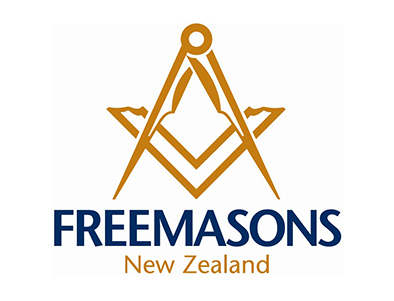History
The precise origins of Freemasonry have been lost in time, however, its traditions date back to the Middle Ages and to the stonemasons who built the cathedrals and castles of Europe.
To construct them, it was necessary for men to have considerable knowledge of geometry, arithmetic and engineering. These highly skilled masons formed themselves into lodges to protect the skills and secrets of their trade and to pass their knowledge on to worthy apprentices. Importantly, these men were not bondsmen, hence the word “free” in Freemason.
By the 17th Century, when the building of castles and cathedrals diminished, Masonry began to lose its ‘operative’ aspects and worthy men who were not craftsmen were also accepted into its membership. It was from this time that Masons were known as ‘free and accepted’ Masons, as they continue to be known to this day.
The first Grand Lodge was established in England in 1717 and thereafter Freemasonry spread rapidly throughout the world. Freemasonry has been practised in Australia and New Zealand since early in the 19th Century.
The Grand Lodge of Antient, Free and Accepted Masons of New Zealand (Freemasons New Zealand) was constituted in April 1890 but Freemasonry has been in New Zealand since the early 1800’s under the banners of the English, Irish, and Scottish Constitutions. The first Masonic meeting in New Zealand was held in 1837 and the first Lodge founded in 1842. It currently has a membership of 4700 Freemasons formed into 173 Lodges throughout New Zealand. There are over five million Freemasons throughout the world.

